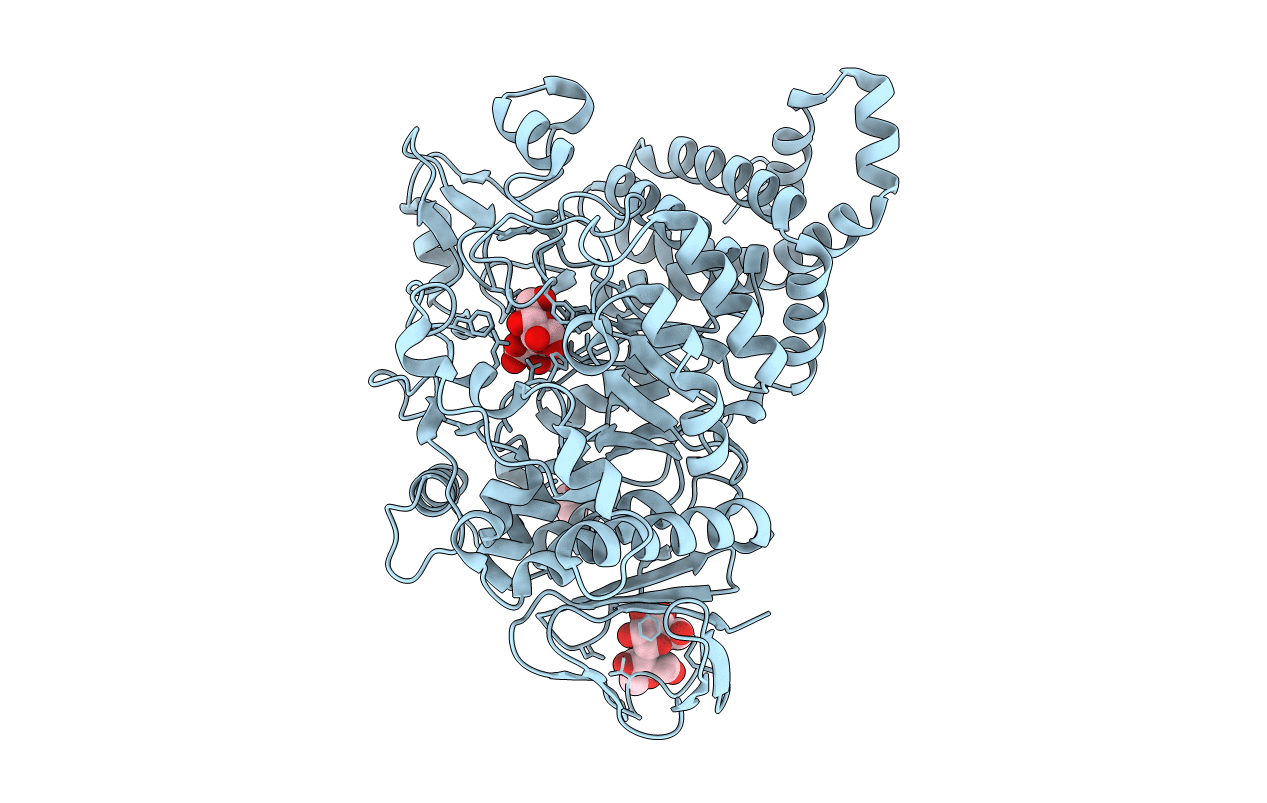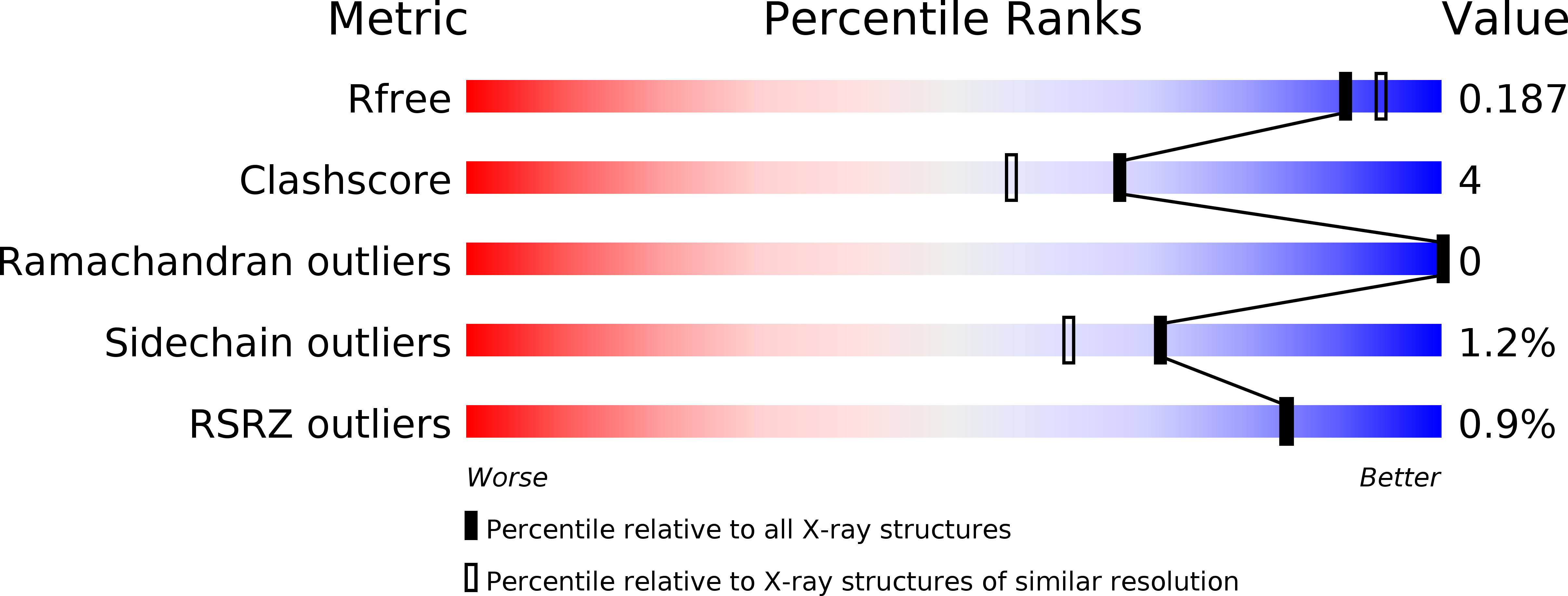
Deposition Date
2011-10-31
Release Date
2012-01-11
Last Version Date
2023-09-13
Entry Detail
PDB ID:
3UEQ
Keywords:
Title:
Crystal structure of amylosucrase from Neisseria polysaccharea in complex with turanose
Biological Source:
Source Organism:
Neisseria polysaccharea (Taxon ID: 489)
Host Organism:
Method Details:
Experimental Method:
Resolution:
1.85 Å
R-Value Free:
0.18
R-Value Work:
0.14
R-Value Observed:
0.14
Space Group:
P 21 21 2


